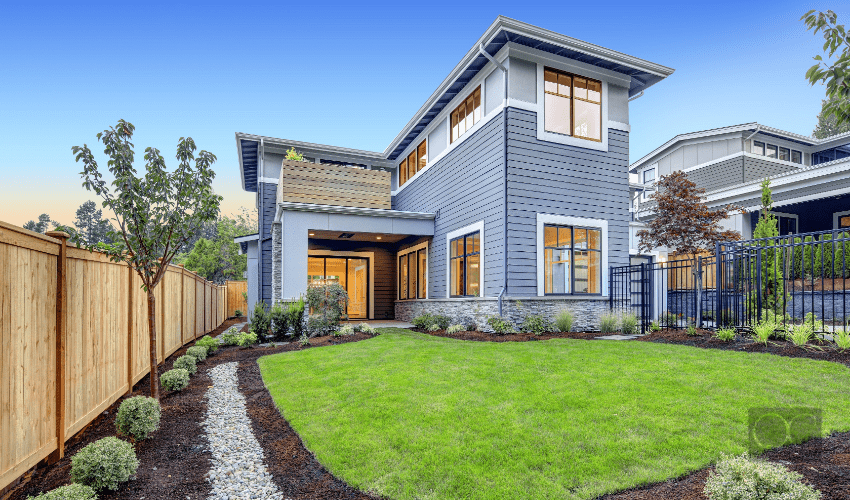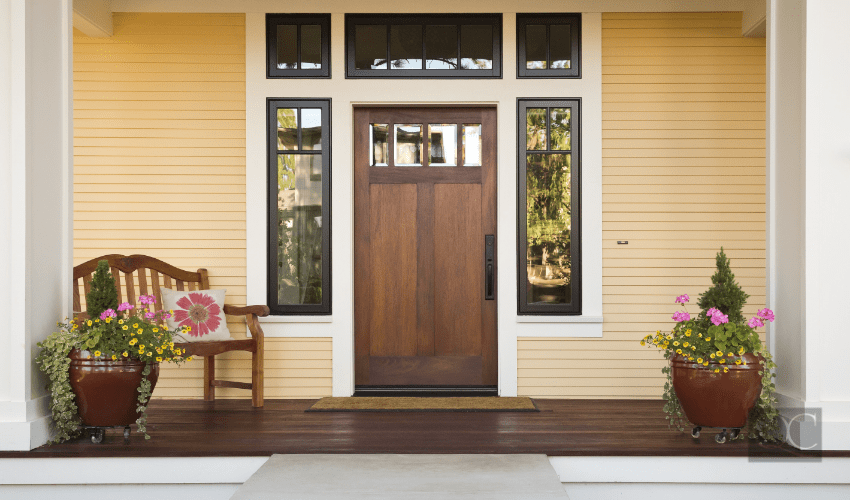Lianne Cousvis is a graduate of QC Design School with certifications in decorating (IDDP), home staging and redesign (ISRP), color consulting (ICCP), and professional organizing (AIOP). Lianne grew up in the Bahamas, where colors are celebrated and regularly utilized. She now owns her own design company, ChiChi Fringo Designs, in Toronto, Canada.
As the old saying goes: you never get a second chance to make a first impression! But how long does it take for someone to decide what their first impression is?
Is it within 60 seconds? 20 seconds? Within the blink of an eye?
Either way, as a home stager, it’s critical that you help your client make a good first impression. This way, they can maximize the return when selling their home. That’s the goal, after all!
On the other hand, if you are the one looking to sell your home, we can’t stress enough the importance of hiring a professional stager. Especially if they have reputable training, such as that offered by QC Design School, your chances of selling your home for a higher profit are practically guaranteed!

It’s simple, really. In general, people have a tendency to decide how they feel about someone when they first meet them. Similarly, buyers will decide very quickly if a house has the potential to become their new home!
Sometimes, they size up your house without you even knowing. In fact, up to 75% of potential clients will drive by a home BEFORE the open house, just to see if they feel it’s worth it to go inside.
You need to make sure that the outside of your home is just as appealing to a prospective buyer as the inside. This is what will make a positive, persuasive first impression!
This is precisely where getting the help of a professional with home staging training becomes a real asset to you and your endeavors. Ask yourself: have you ever stood back and looked at your home as a whole, through the eyes of a potential buyer?
A professional home stager definitely has! A stager can start putting an effective plan into place, before they ever set foot in your home. After all, who else but a skilled expert with reputable training in the field can best help you stage your home to its full potential?
Why Should You Get Home Staging Training?
On the other hand, perhaps you’re the designer who’s interested in becoming a professional home stager. If that’s the case, you should seriously consider getting proper home staging training and earning your certification.
Not only does proper education guarantee the most effective refinement of your skill-set, it’s going to look REALLY impressive on your resume! In such a competitive industry, standing out from the competition is critical. Professional certification is a sure-fire way to do this.
On top of that, home staging training will teach you the importance of curb appeal. Without this crucial knowledge and understanding, you’ll be doing your career a serious disservice!

Why is Curb Appeal Important?
When it comes to home staging, the job doesn’t start once you close the front door. It actually starts long before you even get to the front door! That is to say, it’s not enough for a stager to simply tend to the interior of the home. You’re also going to need to properly understand how the make the outside of the home shine, too!
You don’t want your client to lose a potential buyer because the exterior of the home looks bad, do you? The reality is, plenty of potential buyers will decide against a home without ever stepping inside of it. They’ll base their decision entirely on the first impression they got of the outside property.
A lack of curb appeal can mean a lack of interested buyers. If you can’t even get the potential buyer to come inside, you’ve already lost the chance to create that much-needed buzz of excitement for the sale of your client’s home.
Curb Appeal: Where to Focus
Here are a just a few examples of critical things your home staging training will teach you to look for, in order to determine whether your client’s home has the right amount of curb appeal…
1. The Front Door
- Is it obvious which door is the front door?
- Is it painted a color that welcomes guests?
- Does its color compliment the color scheme of the rest of the home’s exterior?
- Is it in keeping with the style of the home?
- Is it freshly painted? (I.e. no chips, signs of wear and tear, etc.?)
- Is there a clear path to get to this door?

2. The Porch
- Is the porch dressed with seasonal flowers, a seasonal wreath, etc.?
- Is there a new door mat?
- Is there a porch swing, or other furniture?
Pro Tip: A seat to welcome guests can help potential buyers imagine themselves sitting in that spot on a regular, sunny day!
3. Clean Landscaping
- How does the lawn look?
- Are the trees thriving?
- Are the bushes overgrown?
- Is there any debris?
- Could any seasonally-appropriate potted plants be added to incorporate pops of color?
4. Hardware
As important as hardware is within the home, so too is it just as important on the outside! So, make sure to ask yourself:
- Can people read the house number?
- Are there great lighting fixtures?
- What shape is the mailbox in?
- Does the hardware look worn?
- Does it create a cohesive look on the outside of the home?

The process of selling a home can be incredibly overwhelming. To make sure it all goes smoothly, it’s important to hire a professional stager. You’re guaranteed the assistance of an industry expert that understands all of these little, critical nuances required when putting together an appealing, welcoming home. As you’ve seen, this starts with curb appeal.
For the aspiring stager, never underestimate the importance of home staging training when embarking upon your career. The more schooling, training, and qualifications you obtain, the better you’ll be at helping potential buyers envisioning themselves living their best life within your client’s home!
Remember: you are not only selling the house. You’re selling the feeling of what it would be like to live there. You’re selling the potential this home has, and the promise that whoever moves in next will have many long, happy years there!
